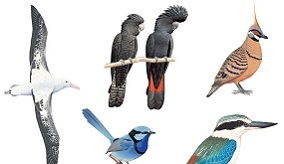02 Research

Our booster shot for Australian health sector
With our strong research base, Australia has the potential to become a real player in the global medical technologies and pharmaceutical (MTP) sector, which is estimated will be worth $3 trillion by 2025. We've just released an MTP Roadmap that shows how we can build an industry structured to reap the economic benefits of this development and ensure Australians can access world-class health and medical technology. And not to mention create an additional 28,000 jobs and add $18 billion to the Australian economy by 2025.












